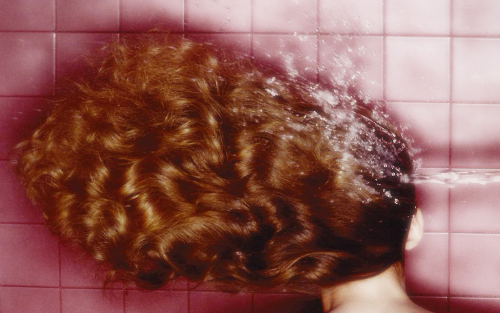
A Relevant Algorithm?
I would have liked to have left a comment on Emil McMahon’s article: Algorithm – what the? But I couldn’t, so I am leaving a reciprocal blog post here by way of reply – that’s the beauty of having a blog.
By-the-way, this is NOT a criticism of Emil’s article, I am not trying to find fault!
A Little Search Engine History
I signed on to the Internet in 1993; I made a Website, and in mid ’94 I started to promote it. Immediately I was hooked on Website Promotion. Consequently, I have been reading articles related to Search Engine Optimization (SEO) for about twenty-three years, and I can assure you that there is a lot of shyte out there. Yeah, okay, I’ve added to it!
In the early days there seemed to be quite a lot of search engines, the front runners being: Yahoo, MSN, AOL, AltaVista and of course the youngster, Google! I don’t want to go into too much detail, this is being written off the top of my head, but, Websites needed to be targeted towards a particular search engine and added manually to their list to be indexed – ‘Add URL’ was a thing in those days (still is for Directories like DMOZ). Sometime in the late ’90s (97/98) we called this Search Engine Optimization. And the idea was to get your Website to #1 for a specific set of Keywords, e.g. ‘Cheap Flights Paris’.
From about 1996 to 2005 there was a LOT of jiggery-pokery from the webmasters, who were trying to get their Websites to #1 in the search engine results by using sneaky little tricks! The search engines had to keep one step ahead of the game by tweeking their Algorithms (Algorithm: the way a search engine determines which website is relevant for any given search term). Relevancy (and speed of delivery) made Google and its Algorithm top of the heap.
Relevancy – The missing word
Relevance or relevancy is the key word. There is a subtle, but important difference between a search engine serving up a relevant website on its results page, and a Website being relevant to both the search engine and the Website Visitor.
- A Search Engine aims to serve up a relevant and honest website that reflects the users’ search term.
- A Website aims to be found in the search engines for a specific set of Keywords, and be relevant to the website visitor.
Remember (at this point I’m cutting it short!)
SEO is a small, but important part of Website Promotion. Your visitors will also find your website through links and ‘real world’ stuff like business cards.
The Fundamental Necessity
Being found in the search engines by your Business Name is a fundamental necessity. Actually, most new clients will find your website through a recommendation (like: a social media link. a magazine article. verbally from a friend). Only someone who already knows your Business Name will search for it, and they Must find you!
And Finally…
The simple answer is: Know your target audience. Get the structure of the website correct. Build a (social) network of links. Promote your website address (URL) with conventional advertising, i.e: flyers, posters, imprinted merch, magazine reviews, etc. Have a website promotion strategy.
Join in with #HairHour
Follow Emil McMahon on Twitter @misterhaircare
Read: Algorithm – what the?


